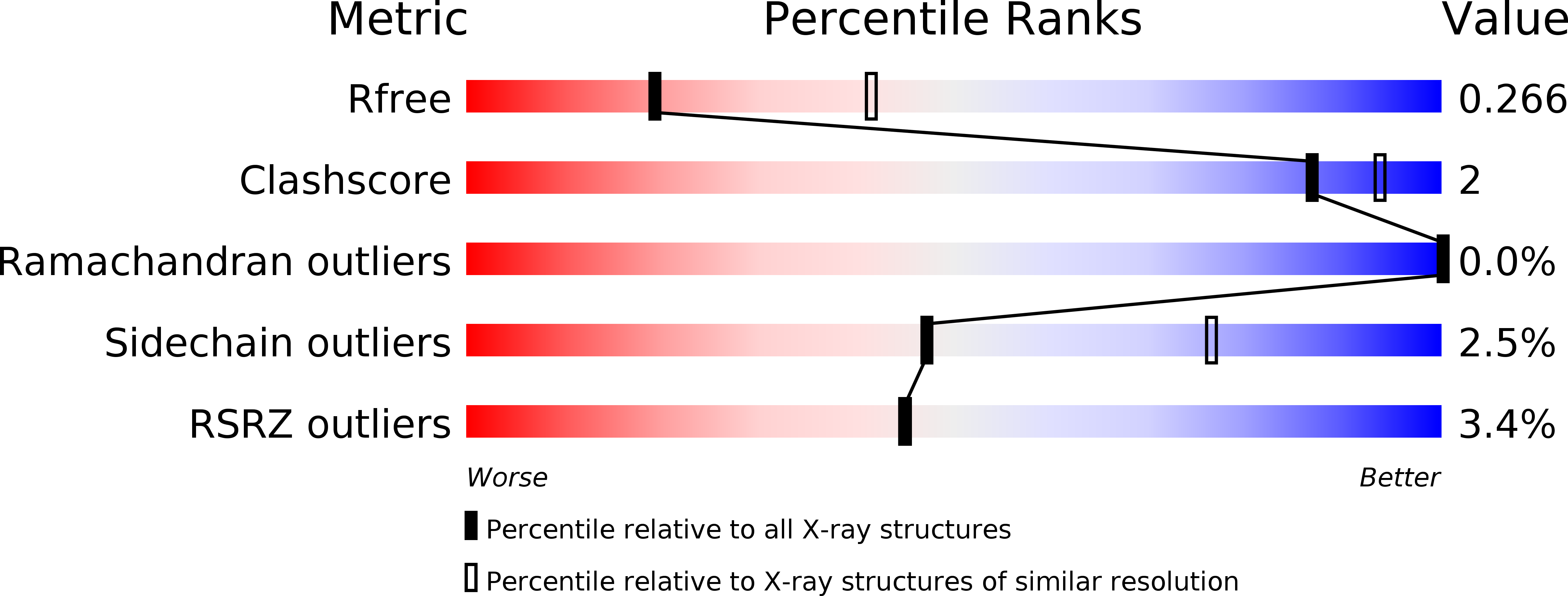
Deposition Date
2015-01-19
Release Date
2015-09-16
Last Version Date
2024-03-20
Entry Detail
PDB ID:
4XQK
Keywords:
Title:
ATP-dependent Type ISP restriction-modification enzyme LlaBIII bound to DNA
Biological Source:
Source Organism:
Lactococcus lactis subsp. cremoris (Taxon ID: 1359)
synthetic construct (Taxon ID: 32630)
synthetic construct (Taxon ID: 32630)
Host Organism:
Method Details:
Experimental Method:
Resolution:
2.70 Å
R-Value Free:
0.25
R-Value Work:
0.21
R-Value Observed:
0.22
Space Group:
P 1


